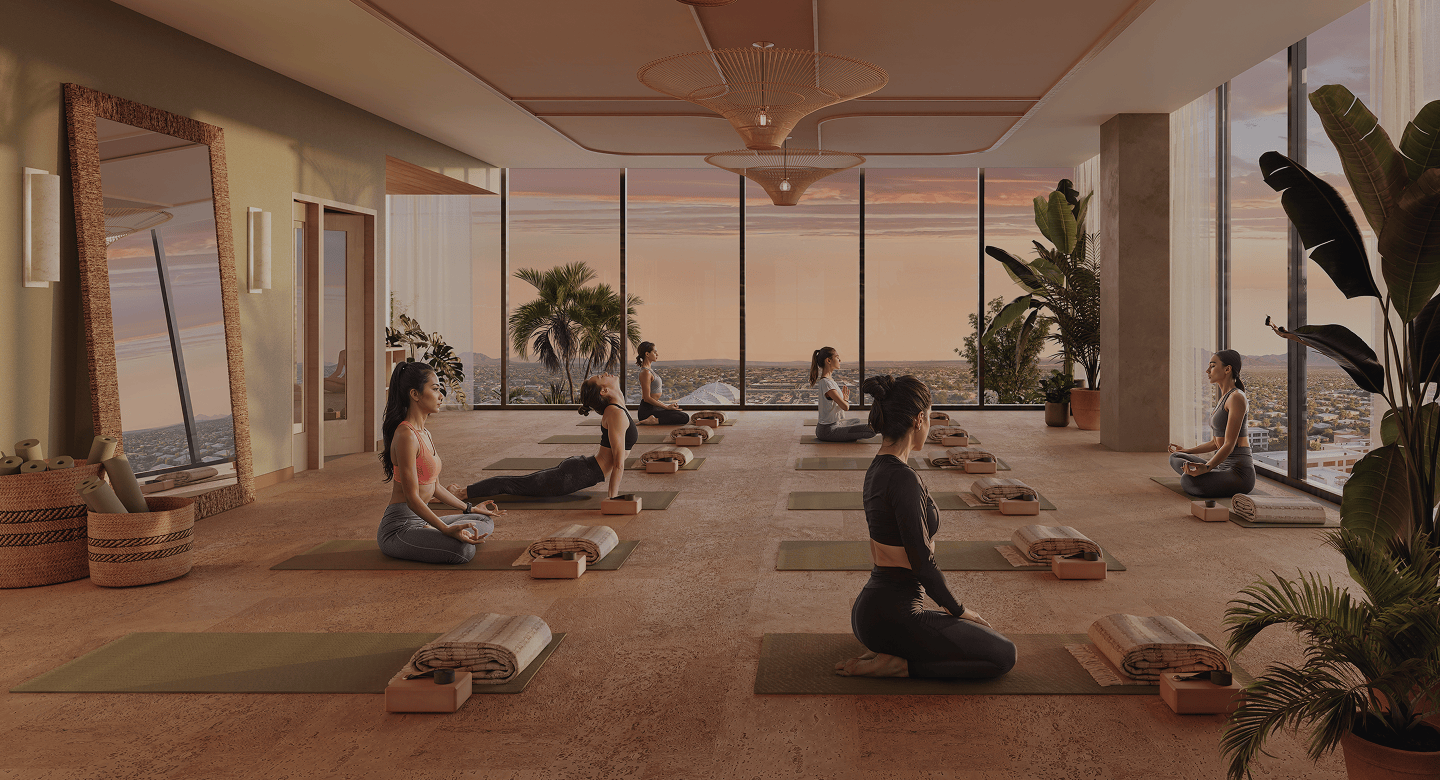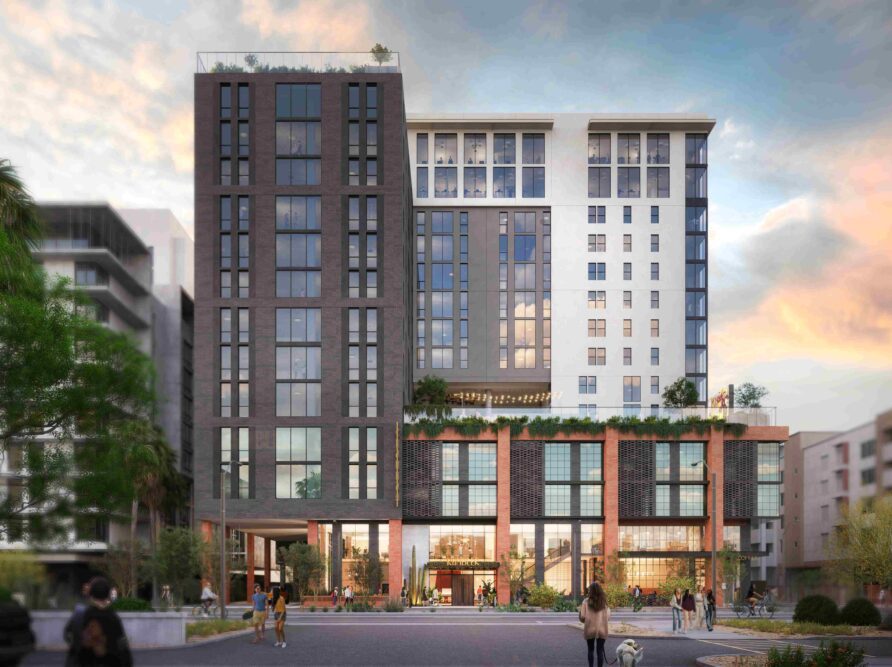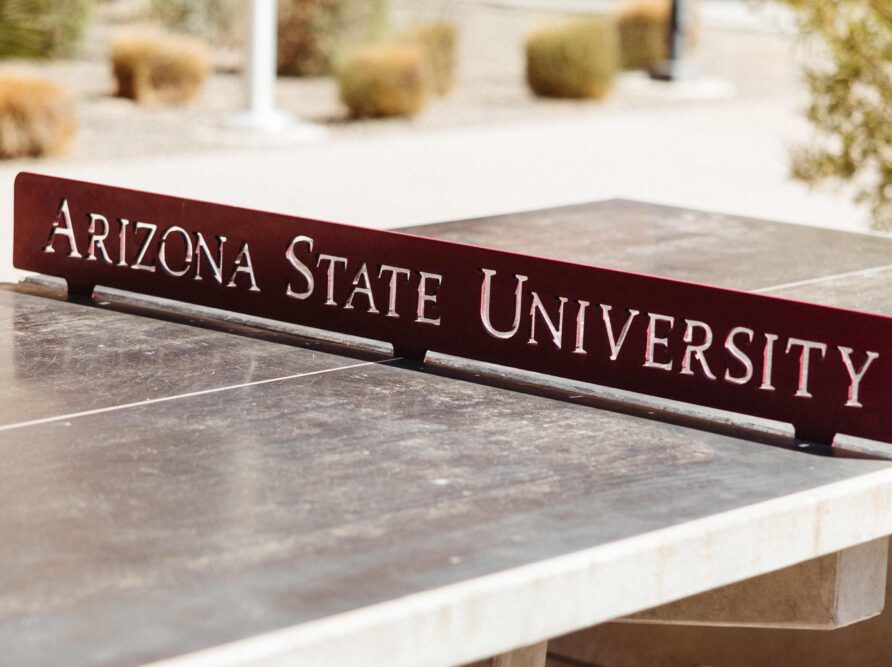Finding off-campus housing near ASU can feel overwhelming. With so many options in Tempe, where do you even start? From sleek high-rises to social, student-focused communities, narrowing down the best fit for your lifestyle isn’t always easy.
That’s why we created this guide to help you compare student apartments vs. traditional apartments, and find the one that checks all your boxes.
@ramblertempe Replying to @MAEVE CALDER stuck on if you should live in a student or traditional apartment? we’re breaking down the differences! #ramblertempe #ASU #Arizonastate #Rambler #ASU29 #TempeAZ #sundevils #tempeapartments
At Rambler Tempe, we know the student housing search can feel like a lot. That’s why we’ve created this guide to help simplify the decision between student apartments and traditional apartments in Tempe. Whether you’re looking for modern amenities, a social community or just a space that feels like home, we’re here to help you compare your options and find the best fit for your lifestyle.

Should I Sign at a Student Apartment or a Traditional Apartment as an ASU Student?
Near Arizona State University, you’ll find both traditional apartments and purpose-built student housing. Traditional apartments are designed for a broader range of residents—young professionals, families and more—and typically offer standard lease terms and amenities. Student apartments, like those near ASU in Tempe, are built specifically with college life in mind. They often come fully furnished, feature floor plans designed for roommates and include amenities like study lounges, pools and on-site coffee shops—all tailored to the student lifestyle.
Amenity Access
The amenities offered at your apartment can make or break your off-campus living experience. For example, having a fully equipped gym just an elevator ride away is a lot more convenient than commuting across campus to the Sun Devil Fitness Complex.
Student apartments near ASU are designed with your lifestyle in mind. From fully furnished spaces to resort-style pool decks, study lounges and 24/7 fitness centers, these features are built to support both your academic grind and your social life.
Traditional apartments, on the other hand, tend to vary more. While most include the basics—like in-unit laundry, Wi-Fi and trash services—some may or may not offer upgraded perks like a gym or community lounge. If you’re touring a traditional property, be sure to ask what’s included and what comes with an extra fee.

Have Options with Your Lease
When it comes to leasing, you’ll usually encounter two types: individual leases (also called “by-the-bed”) and joint leases (also called “by-the-apartment”).
Student apartments near ASU, like Rambler Tempe, typically offer individual leases. This means each resident signs their own lease for their specific bedroom and bathroom. So in a 3×3 (three bed, three bath) layout, each person has a separate lease—and is only responsible for their share of rent and utilities. It’s a stress-free setup where you’re never on the hook for your roommate’s missed payments.
Read Next: 5 Reasons to Sign an Individual Lease as an ASU Student
Traditional apartments usually operate with a joint lease. With this type, one lease covers the entire apartment. That means you and your roommates are all equally responsible for paying the full rent and any damages. You’ll need to split payments, coordinate utilities and handle everything as a group each month.
Individual leases are great for students who want peace of mind and don’t want to be financially tied to their roommates.
Length of Your Lease Term
While both student and traditional apartments near ASU typically offer 12-month leases, the timing and flexibility can vary.
Student apartment leases—like those at Rambler Tempe—are usually aligned with ASU’s academic calendar. Most start in early to mid-August and end around July 31st, making move-in and move-out seamless for students.
Traditional apartments, on the other hand, tend to offer more flexibility with lease start dates. While landlords still prefer a standard 12-month lease, you can often find openings throughout the year, which can be helpful if you’re moving mid-semester or starting an internship off-cycle.
If your schedule follows the school year, a student lease can help make move-in and move-out less stressful—no subleasing or awkward timing required.

Exclusive Features
Another important factor to consider is the exclusive features offered by purpose-built student housing—many of which you won’t find in traditional apartments.
For example, student apartments like Rambler Tempe offer roommate matching services to help pair you with someone who shares similar habits and preferences. It’s a great option if you’re new to ASU, transferring or simply don’t have roommates lined up yet.
Learn more in our guide to Roommate Matching at Rambler.
Another unique perk is the option for block housing. At new student developments like Rambler, signing early can give you and a group of friends the chance to live on the same floor—in separate apartments, but just steps away from each other. Whether it’s a few friends or a larger group, block housing lets you stay close while still enjoying your own space.
You can learn more about Rambler’s block housing option, Neighborhoods, in our guide to everything you need to know about neighborhoods at Rambler Tempe.

Costs to Consider
Monthly rental rates near ASU in Tempe typically range from $1,200 to over $2,500 per person, per month.
Because much of the purpose-built student housing in Tempe is newer, these apartments often come with upgraded amenities—think rooftop pools, fitness centers and fully furnished units. Pricing usually falls on the higher end of the spectrum depending on the property, floor plan and room type you choose.
Traditional apartments near ASU tend to offer a broader range of pricing. Older complexes with limited amenities often have lower monthly rates, while newer luxury buildings may cost just as much—or more—than student housing. Ultimately, pricing depends on the location, amenities and age of the specific property you’re considering.
Overall Ambiance and Community
Another important factor to think about is the type of community you want to be part of. The people living around you can have a big impact on your day-to-day experience—and the overall vibe of where you live.
In a purpose-built student housing community like Rambler Tempe, your neighbors will primarily be fellow college students, many of them attending ASU. From group study sessions in the lounge to spontaneous hangouts by the pool, shared spaces are designed to bring students together and create a built-in social network.
In a traditional apartment, the resident mix tends to be more diverse. Your neighbors might include young professionals, families or retirees. While that variety can be a plus for some, it typically means the college community energy—group events, peer connections, and student-focused amenities—isn’t guaranteed.

Figuring out where to live off-campus isn’t always easy, especially when you’re choosing between two very different styles of apartments.
Now that you know the biggest differences between student and traditional apartments near ASU, you’re one step closer to finding your perfect fit—whether that means furnished spaces with built-in perks or something a little more traditional.
Still deciding? Our team at Rambler Tempe is here to make things simple. Check out our floor plans, take a virtual tour, or reach out with any questions.
We’re here to help you find the space that feels just right.



